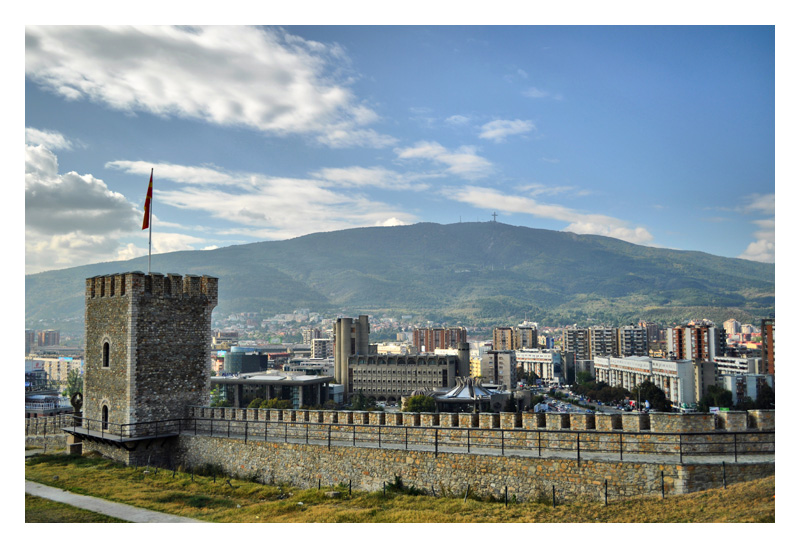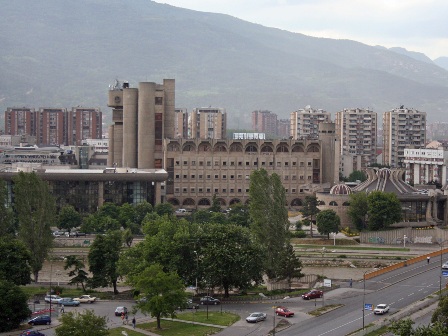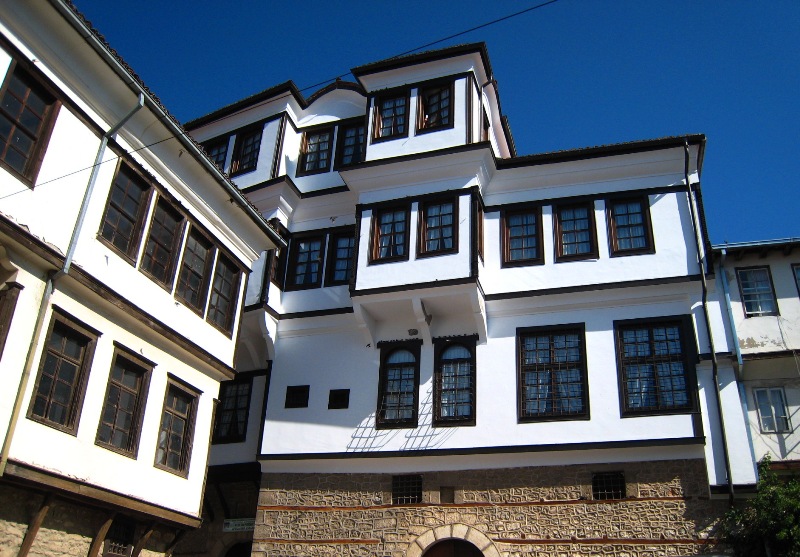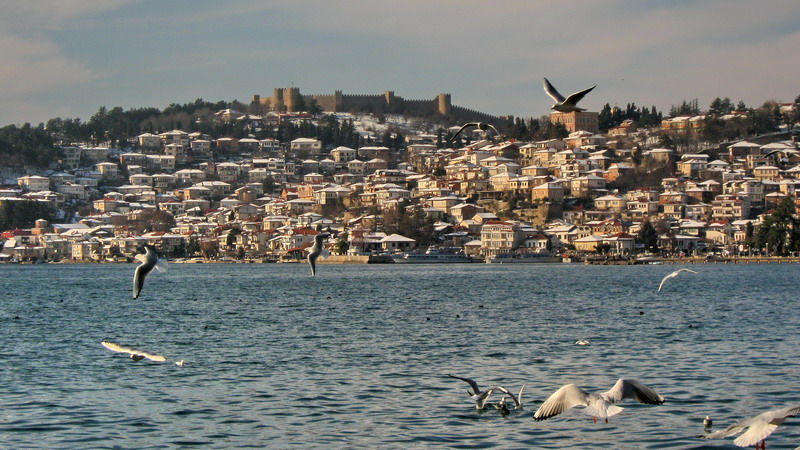
Republic of Macedonia, Northern and Eastern Europe
| Centres: | Phase: | PI: | Age Groups |
|---|---|---|---|
| Skopje | 3 | Assoc Prof Emilija Vlaski | 13-14 |
National Coordinator:
Roles:
- National Coordinator for Republic of Macedonia
- Phase Three Principal Investigator for Skopje
Assoc Prof Emilija Vlaski

Department of Pulmonology and Allergology
University Children's Hospital
Vodnjanska 17
1000 Skopje
Republic of Macedonia
WHY WAS MACEDONIA SELECTED FOR ISAAC?
The epidemiological data about the prevalence and severity of asthma and allergies in childhood in the Republic of Macedonia (FYROM) before the ISAAC Phase Three was scarce, although seen in the physician practise more frequently in the last decade. As well there was a lack of data about the influence of environmental factors on these diseases. R. Macedonia is a developing country in which some aggravating as well some preventive factors for allergic diseases are highly present. For example, the prevalence of ETS has been demonstrated to be very high. On the other hand, dietary antioxidants intake has been documented to be high as well, which may be explained by the geographical area where our country is situated and its climate.
Skopje was chosen as an investigational centre as a capital of R. Macedonia with almost one third of the inhabitants in our small country (600.000 out of around 2 millions inhabitants) and 55 primary schools with 10934 children 13-14 years old in 2001, which enabled at least 3000 respondents at this age group from randomly selected primary schools to be investigated. Contrary, other towns in R. Macedonia are much smaller with less than 3000 schoolchildren of the same age group. Compared to the rest of the country, in Skopje all proposed environmental risk factors for asthma and rhinitis and eczema, especially air pollution, are mostly present.
IMPACT OF ISAAC IN MACEDONIA
The conduction of ISAAC Phase Three and the report of its data from Skopje have actualized the problem of childhood asthma, rhinoconjuncticitis and eczema as diseases with an increase in R. Macedonia.
Compared to the asthma, rhinoconjuncticitis and eczema prevalence rates worldwide, R. Macedonia i.e. Skopje in 2001/2002 appeared to have a moderately low prevalence of asthma and low prevalence rates of rhinitis and eczema symptoms. The much lower prevalence of ever-diagnosed asthma in contrast to the prevalence rates of current wheeze, current exercise-induced wheeze and dry night cough apart from chest infection suggested under-diagnosis of asthma and/or underreporting of the diagnosis by the young adolescents in our country. In contrast, ever-diagnosed hay fever and eczema seemed to be over-diagnosed and/or over-reported. Some environmental risk factors associated with these diseases were identified in our country.
With intention to get an information about the same problem for the biger part of the country, another study on local level using the same methodology and the ISAAC Phase Three questionnaires was performed in 2005/2006 in 7 cities in R. Macedonia, including 1000 respondents from each city. Skopje was one of the investigational centres in this study again. The two cross-sectional surveys 4-yr apart in Skopje showed a decrease in asthma symptoms accompanied with an increase in ever-diagnosed asthma, which seems to be a result to the improved awareness, diagnosis and treatment of asthma. However, the partial control i.e. under-treatment of severe asthma in the capital of our country is still present (an increase of severe asthma symptoms).
Acknowledgments
We would like to thank children for their participation and the principals, psychologists, teachers for their collaboration in the ISAAC Phase Three survey. The Ministry of Education and Science of The Republic of Macedonia provided financial support for the study.




